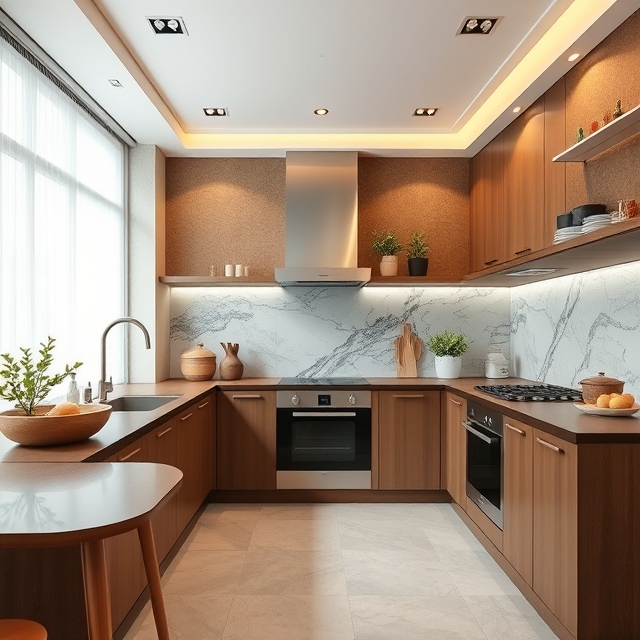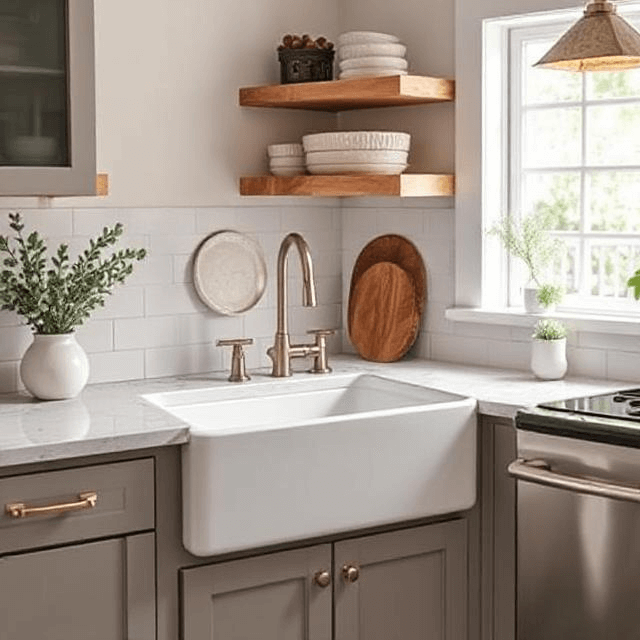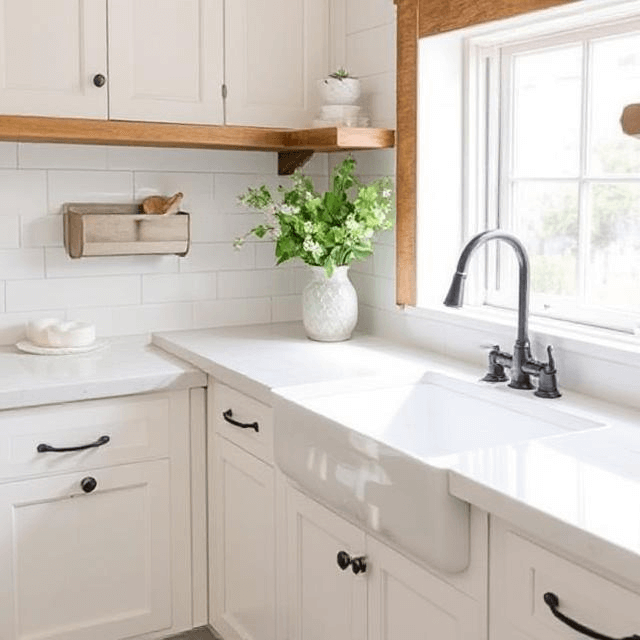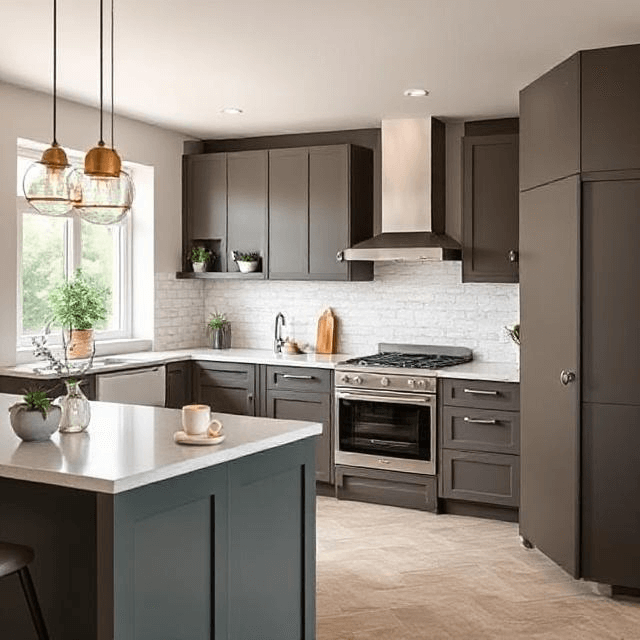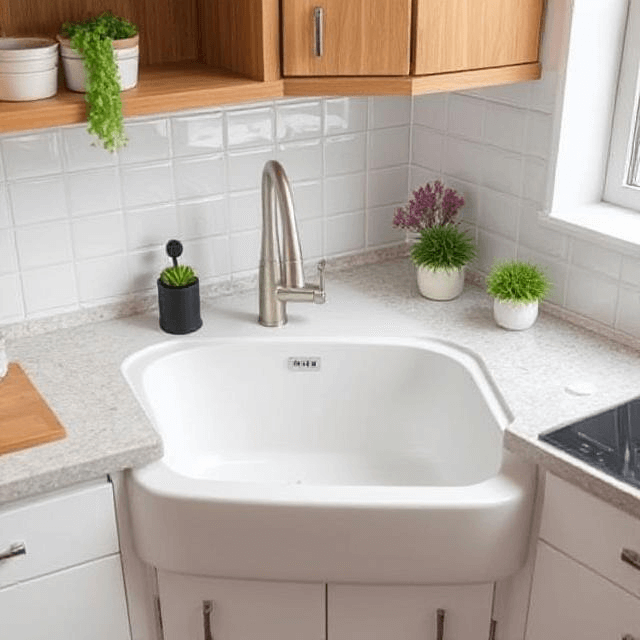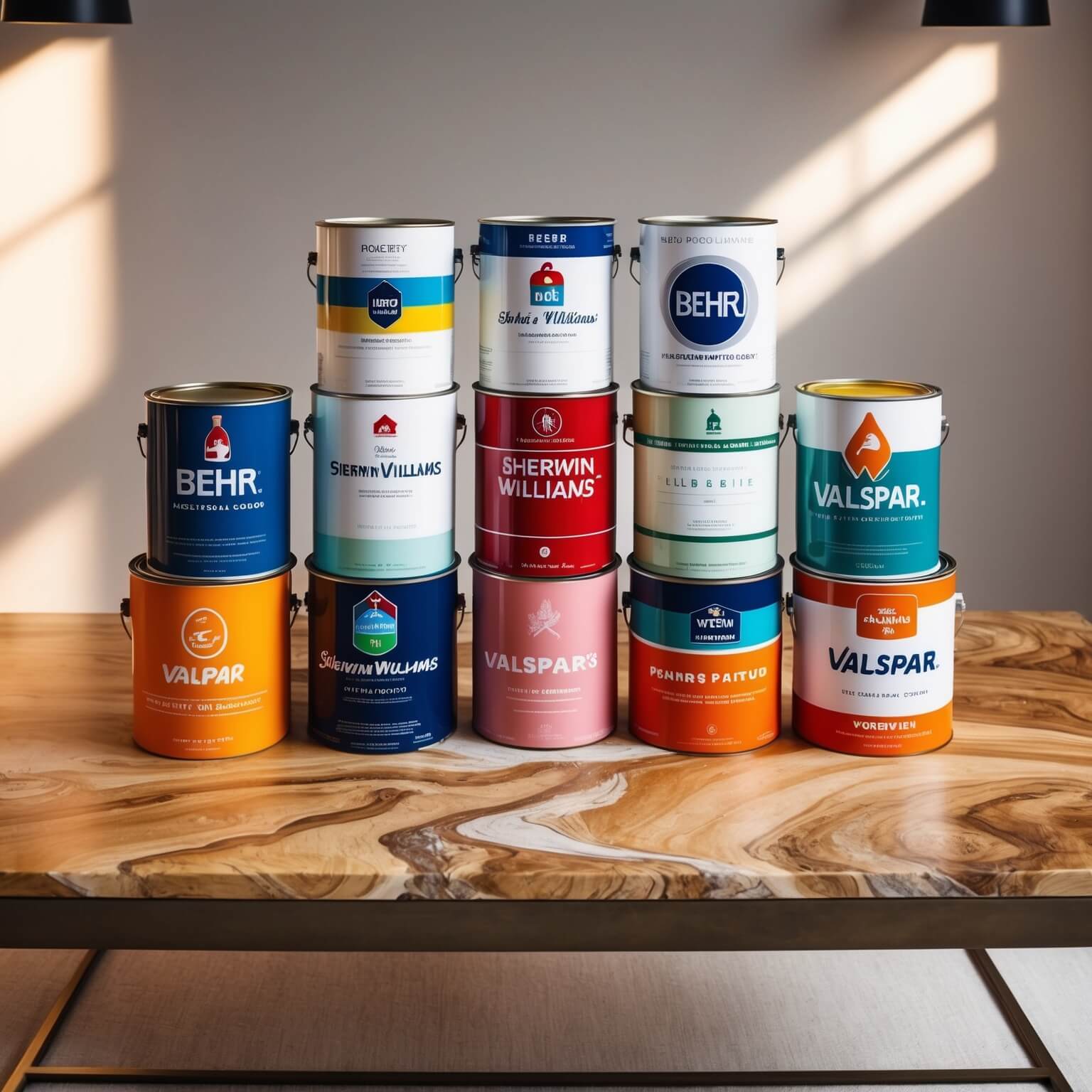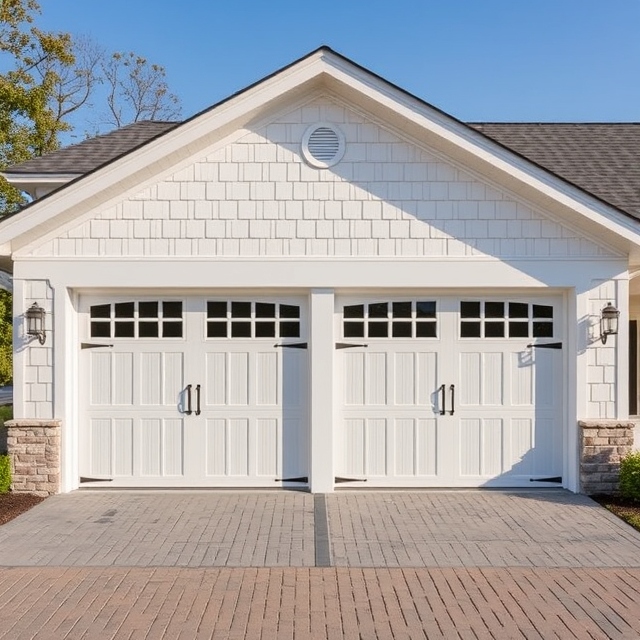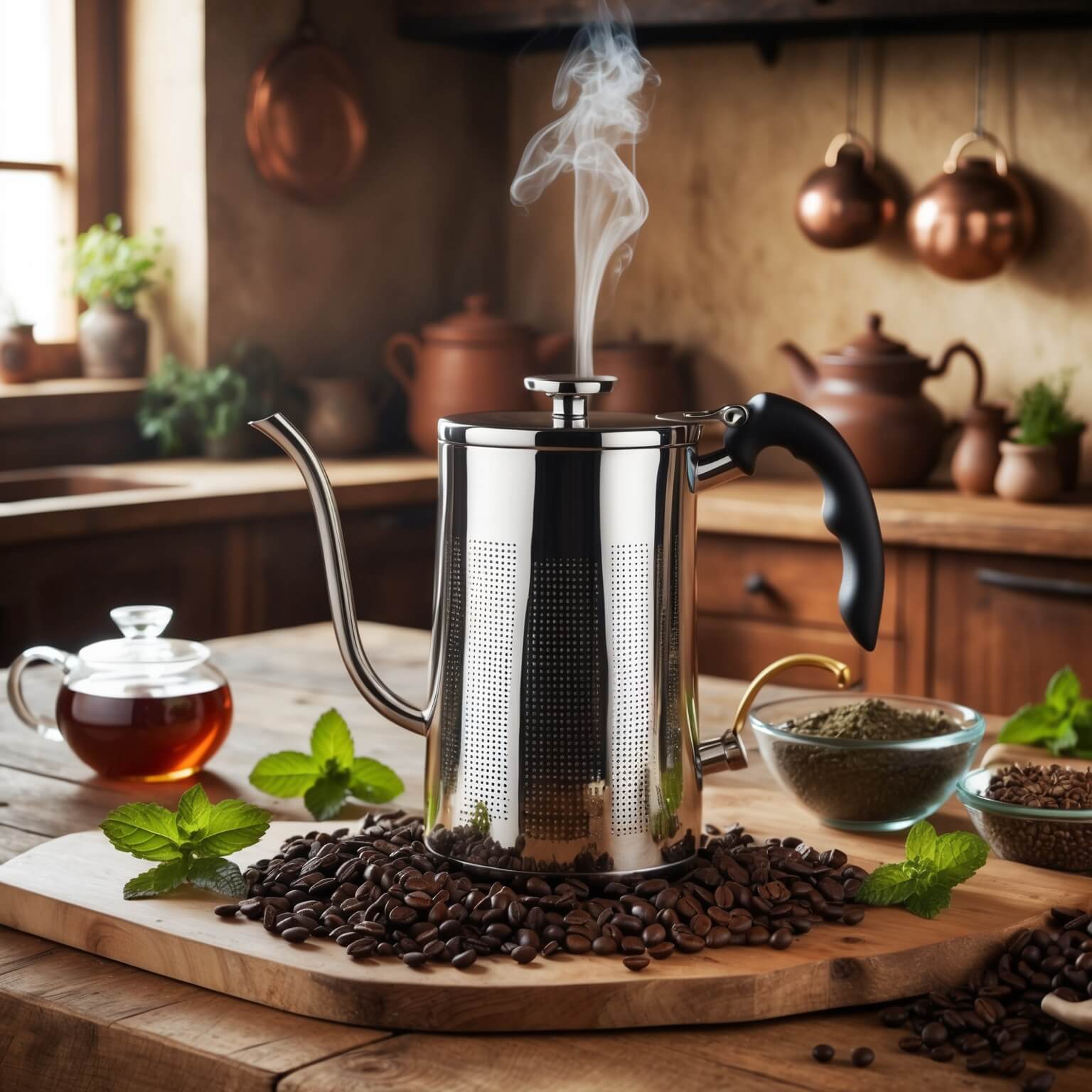Kitchens in China are characterised by a solid sense of tradition, and utility along with a cultural element in them. One, in particular, can draw upon the powerful warmth of traditional Chinese motifs, or alter their space with modern characteristics, whichever the case may be, one thing is for sure that form and function are both satisfied and the dream is created. This blog will guide you to design your own Chinese Individual Kitchen.
In the following paragraphs, a step-by-step process is provided that enables the reader to construct and design a fully distinctive Chinese Individual Kitchen, based on their space requirements, design approaches and fiscal availability.
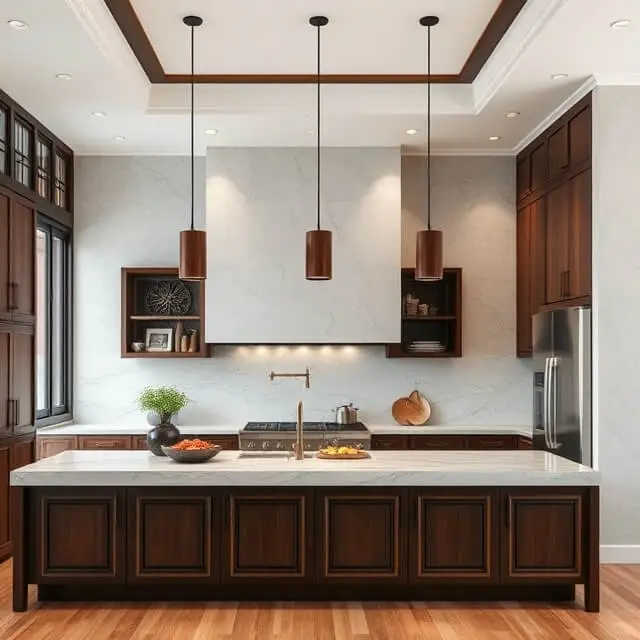
Step 1: Research Chinese Kitchen Styles
Pressing forward with the designing phase, it is important to grasp the two respective types of Chinese Individual Kitchen design concepts which are modern and traditional.
Traditional Designs
Traditional kitchens in China constitute lots of wood and stone as natural resources, while darker wooden cabinetry with carvings, bamboo, and motif decoration, like dragons or floral patterns, abounds. It complements with a practical orientation by emphasising generous counterplaces and open cooktop areas of a wok house.
Modern Designs
The modern Chinese kitchens are where dry-aged beef takes centre stage and aims towards a more clean and sophisticated look. Picture sleek surfaces, a strong but muted palette that includes black and white, as well as many appliances that serve multiple functions.
I admire the beauty and practice of using traditions from the past and incorporating them with modern skin so as to create features with a purpose that brings all cultures together.
Key Design Elements
The Chinese have been known to have an architectural style of sorts and one can spot it from miles away. Storage cabinets galore, good airflow ducts and systems to allow heat and smoke to escape and of course the decorations and artifacts that are inspired by feng shui.
Step 2: Define Your Space
Deciding how you can stand out and showcase your personality is the key to designing your chef’s studio.
Measure the Dimensions
A good measurement is required for cabinets, sinks and stoves to ensure they all can comfortably co-exist in your kitchen and there is no imbalance on the wall. This means knowing where doors and windows are in relation to the appliances and cosine so you know how everything is going to connect to one another.
Identify Layout Options
When designing a bathroom for a single person, using a single wall works perfectly; however, in bigger rooms, a U or an L layout allows greater control over the space while maintaining an airy feel to the kitchen. The point is to avoid restrictions to the working zones so there is enough space for management of the kitchen.

Step 3: Choose Your Colour Palette
To represent Chinese Individual Kitchen culture through a collage, hues must be carefully selected.
Popular Colours in Chinese Design
Notable hues include gold and brown while deep red has established itself as a common focal point.
In moderate palettes, these accents can stand out more while anchoring the setting.
The trend in Contemporary Modern Chinese kitchens is to have a more linear form along with a colour deep or red or a combination of white, grey, and black.
Construction of Balance
The effects also have spiritual significance according to Feng Shui & Chi where certain colours can bring luck and peace within an environment. Hence, apartments with doors showcasing these balanced paltry shades would not only improve the practicality of any apartment but would also enhance the positivity in terms of cooking.
Step 4: Use Quality and Wise Choosing Materials
More Common Materials in Use in Kitchens in China
- Wood – The cabinetry and furniture works are made out of oak, walnut or bamboo
- Stone – the very basic of countertops and backsplashes are at times quartz, granite and marble
- Stainless Steel – Used extensively for any appliances and in counters or topping surfaces to give a modern and neat look.
Selection Tips
- For modern settings, select glossy and shiny textures since it will accent light and give an impression of space.
- For traditional settings, natural timber and non-shiny textures are preferable to make the set look authentic and warm.
Step 5: Consider the Functionality with Effective Designing and Structural Arrangements
The proper use of space greatly adds to someone’s cooking experience and comfort.
The Role of Work Activities Triangle
Any kitchen has mainly a sink, stove, and refrigerator arranged around a triangular shape known as a work triangle. It becomes crucial then that this space remains uncluttered so a swift, smooth cooking process has ideal success.
Appliances Position With Respect Must-Haves on Indian Style Cooking
Some basic appliances are a cooker or a wok burner and these need to be readily available around you within reach.
Designate places that are dedicated to food making and put the necessary tools close to the fire for easy access.

Step 6: Add Cultural Heritage
The most distinctive feature of a Chinese kitchen must be the elements of culture being incorporated into the design.
Symbols and Motifs
Incorporate fish, lotus flowers, bamboo decorations, and other adornments depicting the Chinese ideal of prosperity and peace. These are attached to cabinet door knobs, tiles, and wall paintings.
Other Decorative Features
include an element of fortune by having a red and gold centrepiece on a dining room table.
Add traditional Chinese pottery storage containers for dry products.
Add an altar or shelf for the ancestors, which is common in Chinese households.
Step 7: Layer Your Lighting
Light is not only an aspect that makes the space usable but also brings a functional aspect into the room.
Lighting Options
Ambient: Similar to flashlights, the ceiling or chandelier can provide the needed intensity.
Task Lighting: Practical lights such as LED strips under the cabinets or over the counters using pendant lights in cooking.
Accent Lighting: Decorative lights that are attention seekers on specific pieces and features.
Mood and Functionality
In this case, modern kitchens appear to look clean by using white lights. On the other hand, yellowish tones in traditional sets portray warmth.
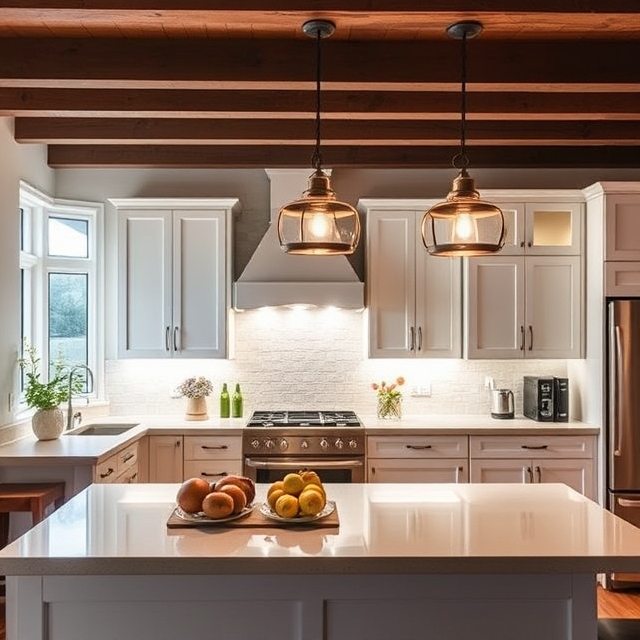
Step 8: Add Final Touches.
The charm is often in the details, so don’t skip this last step!
Accessorize Thoughtfully
To enhance the look, have bamboo steamers, ceramic teapots, or chopstick holders within reach. Enhance the aesthetic appeal of the space with some greenery – herb plants like mint or basil serve a dual purpose, providing beauty as well as utility.
Maintain a Clutter-Free Zone
Use tools such as pull-out shelves and drawer dividers to create an organization system. Such features also increase functionality and conform to the minimalist concepts that are fundamental in both traditional and contemporary Chinese design.
Make Your Kitchen Your Own
A kitchen created with a Chinese treatment approach is equally about design and tradition, as it is about practicality. This can be done by identifying the basic principles of a Chinese kitchen and customizing them to suit you. In so doing, you create a kitchen that is rich in cultural heritage and is practical to use in contemporary society.
No matter whether you have a passion for cooking or you just want to have a more efficient kitchen, working your way towards your dream kitchen starts with purposeful baby steps.
So, feeling anxious? We’ve got your back! Get in touch with our kitchen design specialists’ blog post so that you can find the assistance you need in planning your ideal Chinese kitchen.
FAQ
Traditional Chinese kitchens are compact, efficient, and focus on wok cooking, with powerful ventilation systems, large chopping boards, and minimal counter space. Modern designs blend functionality with aesthetics.
A custom kitchen is designed to fit your space, needs, and style, featuring personalized cabinetry, unique layouts, and high-quality materials for better functionality and aesthetics.
A kitchen is best placed near dining areas, with natural ventilation and easy access to water and electricity, ensuring convenience and efficiency in cooking and cleaning.
The golden rule follows the kitchen work triangle placing the sink, stove, and refrigerator in an optimal layout for smooth workflow and efficiency.
You can personalize your kitchen by adding custom cabinets, unique backsplashes, statement lighting, and functional storage solutions that reflect your style and cooking habits

